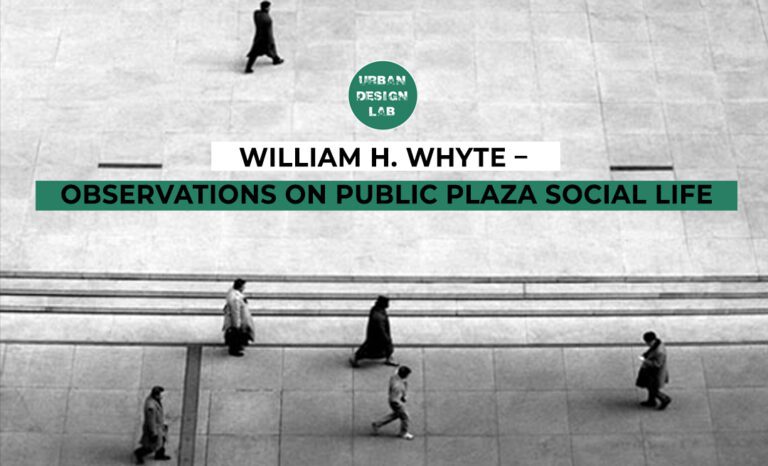
Philosophy and Sustainable Urbanism

Introduction
Humans are urban and social beings that structure spaces. Accordingly, space and urbanisation have fundamental relations with human thoughts that lead to philosophy (Qorbani, 2015). The first part of this article explains sustainable urbanism in detail along with its evolution and principles. The second part of this article highlights the theory of philosophers and how it may achieve sustainable urbanism. It analyses ways of achieving it through the philosophical approach of famous philosophers such as Michel Foucault.
Sustainable Urbanism
Cities have existed thousands of years ago, and urban life is becoming the default of human experience, sustainable urbanism is relatively a new term. Sustainable Urbanism has recently been defined as places inclusive of walkable cities with well connected transportations with high performance buildings and infrastructures. It aims at addressing the application of resilient and sustainability principles to the process of planning and designing of cities (Roggema, 2016).
Compactness (density) and biophilia (human access to nature) are considered as the core values of sustainable urbanism. The design of our built environments and aiming to implement sustainable solutions through these designs are the main focus of sustainable urbanism. There are many initiatives, frameworks, policy documents, which address the urge to make our cities more sustainable. Since the ‘Brundtland report’ (World Commission on Environment and Development 1987) sustainable development is a main goal for many sectors in urban policy-making. This has demonstrated the importance of sustainable development, and has also impacted the theories and practices of urbanism (Roggema, 2016).
We are nations of cities, as today, some 55% of the world’s population – 4.2 billion inhabitants – live in cities and this trend is expected to continue. Hence we must ensure that the way we design and build our cities is sustainable. In order to implement the sustainable urbanism approach in our urban planning and designer processes, we must understand it. To understand sustainable urbanism, is therefore to study its emergence, as well as its principles (Roggema, 2016).
1. The Evolution of Sustainable Urbanism
The notion of sustainable urbanism is relatively new, in particular prevalent in urban planning and design. The famous image of the architect eating the landscape, by Malcolm Wells, illustrates the way urbanism was seen for a long time: as a destroyer of natural values. In addition to that, the industrial revolution and their impacts on the environment. Neoliberal growth strategies and the principles of sustainable urban development have evolved in tandem since at least the 1980s (Roggema, 2016).
As factories and cities started to attract more people because of what they offer in terms of high quality standard of living, urban life has been becoming the default of human experience. Says Alan Singer, a historian at Hofstra University in Hempstead, New York, and the author of New York’s Grand Emancipation Jubilee. Cities grew because industrial factories required large workforces and workers. Factories and cities attracted millions of immigrants looking for work and a better life in the United States as their families needed places to live near their jobs. Therefore, Furthermore, urban areas have been acknowledged to have a better quality of life (Gerardit, 1996).
In fact, the growth of cities has always been associated with arising challenges which are related to this process of development. The term sustainable urbanism emerged to encompass these issues regarding the entire process of city development and management. However, sustainable urbanism could mean different things in different contexts, but it aims to improve human’s quality of life. Questioning the meaning of sustainable urbanism takes help from a relatively new model of sustainability—the ecological model. Ecology is the scientific study of the distribution and abundance of life and the interactions between organisms and their natural environment (Stevens et al., 2010).
2. Sustainable Urbanism and its Principles
Although we can clearly define sustainable urbanism, its principles include- human, social, economic, and environmental. All of these principles are intertwined, making it hard to distinguish them clearly. However, sustainable urbanism has three basic aspects: environmental, social and economic.In environmental terms, this urban form enables people to walk to amenities rather than using a car and therefore dwellings, retail, leisure and commercial uses are put into much closer and walkable proximity with effective public transport connections;Socially, sustainable urbanism contains an appropriate set of spaces and buildings with different sizes and types for a mix of community activities; In economic terms, sustainable developments involve business activities and opportunities capable of providing jobs for many of their inhabitants (Lehmann, 2016).
Theory of Philosophers
As Qorbani (2015) mentioned, historical studies have shown that civilization caused philosophy. Philosophers are influenced by the circumstances of their times and their societies. In order to understand how theory can influence a space, it is imperative to understand the theories or philosophies of specific authors. Michel Foucault’s philosophy and his book “Discipline and Punish: The Birth of the Prison” will be the focus text to research how urban spaces influence our daily lives and can be further improved through a philosophical approach. Other famous philosophers include Georg Simmel, Robert E. Park and Ernest W. Burgess, Maurice Halbwachs, Sir Ebenezer Howard, Jane Jacob, Pierre Bourdieu and Rem Koolhaas.
Authors and their books: Philosophy of Cities
Rosalyn Deutsche and Cara Gendel discuss how gentrification affects society in their book “The Fine Arts of Gentrification”, based on the phenomenon where low-cost housing undergoes renovation, which increases the property value. This leads to them being displaced by wealthier residents as the prior ones can no longer pay the rent (yu, 2007).
Georg Simmel describes different aspects of modern urban culture in “The Metropolis and Mental Life”, which he wrote in 1903. He talks about how cities are dominated by objectivism. This decreases human interaction, which becomes short and instrumental, lacking emotions and giving rise to personal involvement in small communities (Choi, 2006). Even though cities were very different when the book was written, it remains relevant to a great extent today. Robert E. Park and Ernest W. Burgess talk about the environment of a city in their book “The City”. Competition is the primary source of influencing the environment of a city. This social pressure gives rise to the division of “The City” or urban spaces where people with similar characteristics inhabit a region of the city or zone. Based on this theory, Park and Burgess gave rise to the model “Concentric ring theory” (Park and Burgess, 1925).
In his book “Collective Memory”, Maurice Halwachs talks about the importance of individual memory and its significant role in people’s lives. He talks about two worlds, present society and society immersed in our thoughts. Each individual is in control of their memories and can manipulate their society immersed in thought (Kinney, 2017). This contradicts Foucault’s ideology where he believes we are already prisoners in our minds. In daily life, we run into people with different tastes. According to Pierre Bourdieu, in one way or another, people have a habitus that depends on the subconscious way humans perceive things due to the way they are raised, structuring their tastes and actions (Bourdieu and Richard, 1987).
Foucault compared the monarchical Ancien Régime, and in his view a chaotic and violent age, with a rational and disciplinary modern age. However, Léonard (1977) criticised Foucault’s ignorance of the positive outcomes of punishment in his analysis of the Ancien Régime. Léonard means that Foucault only analysed the “prisoners” and not the “rest of society” and ignored social behaviour. From Léonard’s point of view, this is one of the most significant deficits of Foucault’s analysis. Hence, he is building a panopticon for himself. On the other hand, Foucault often refers to the “history of the present”. Throughout his writing, he used the restriction from using the word “history” and often saw it as a whole, using the term “genealogy”. He wonders if things have changed throughout time or have people now become prisoners in their minds instead.
Ways of Achieving Sustainable Urbanism Through Philosophy
The feeling of modern superiority does not let us consider the similarities between the world back then to now. There are many interpretations of the book of philosophers, which have been met with various responses. However, the main question is how these philosophies can be used in today’s time to create sustainable cities. A few examples of this are provided below.
1. Shopping streets
Shopping streets are vast streets which usually have rows of shops on either side of the street. The “habitus” of people walking on side paths subconsciously controls and restricts the people on a shopping street on either side of the centre rather than in the middle, making them closer to the shops as seen in the shopping street of Frankfurt. This “habitus” by Bourdieu of luring the people on the street by pedestrianising and tempting them to shop can be well utilised to encourage the local products or farmer’s market.
2. Pedestrianisation
Foucault’s prisoner of a mind concept can be used to create rules and regulations through pedestrianisation and proper cycling to create cities for the people instead of cars. Extending the pedestrian zone leads to an immense change in vehicular movement, as observed in many cities.
3. Surveillance
It is essential to have lights and cameras at equal intervals on the streets, giving the people a sense of safety and a certain way to behave. The system adjusts to how it works on the body, which Foucault calls the “punishment Body Relation” (Foucault, 1995, p 11). Justice becomes an economy of suspended rights. It takes away personal freedom and confines people to a place which could be a negative form of power. In a positive form of power, the type which has a productive effect, like security cameras, offers us protection. This type of power renews itself. This can be used for other positive uses to create sustainable cities in terms of not littering and segregating the waste.
4. Closer to nature
Many different human behaviours are noticeable on the street, such as a lack of emotions. Most people who walk into shops come out within minutes with their shopping bags. This showed that people are enslaved to time and qualitative value has reduced to quantitative value. This leads to what Georg Simmel termed “Blasé”. The walking people have also become blasé of a fast-paced life and the beggars at the various corners of a usual city. Unlike Park and Burgess theory, different people with different characteristics can be observed in some city regions. Equality, diversity and inclusion of more urban spaces through rules and regulations can bring people closer to nature and happier and help eradicate the blasé of the normalised norms such as begging.
Conclusion
This article describes and shows ways of achieving sustainable urbanism through theory, principle of sustainable urbanism and theory of philosophy. Focault’s philosophy can be well connected and utilised in shopping streets, for pedestrianisation, surveillance and shortening the growing gap between people and nature. However, Sustainable development was formally defined by The Brundtland Report:“Sustainable development seeks to meet the needs and aspirations of the present without compromising the ability to meet those of the future” (United NationsWorld Commission on Environment and Development 1987, 40). There is a serious need for the discussion of sustainable urbanism in the present capitalist society in reference to the production and consumption of space.
References
Bourdieu, P. Richard, N. (1897) Distinction: a Social Critique of the Judgement of Taste. Harvard University Press.
Choi, J. (2006). The Metropolis and Mental Life in the Novel. New Literary History, 37(4), 707-724. Retrieved from http://www.jstor.org/stable/20057974
Defining Sustainable Urbanism: towards a responsive urban design. Available from: https://www.researchgate.net/publication/256079248_Defining_Sustainable_Urbanism_towards_a_responsiveSustainable Urbanism: Analysis of Sustainable Environment Principles in Practical Urban Form_urban_design [accessed May 11 2022].
Foucault, M. (1995). Discipline and punish. New York: Vintage Books.
Girardet, H. (1996). The GAIA Atlas of Cities: New Directions for Sustainable Urban Living; Gaia Books Limited: London, UK. [Google Scholar].
Kinney, A. (2017). A summary on “On Collective Memory” by Maurice Halbwachs (1992) – as230-fa17-kinneya. [online] Sites.lafayette.edu. Available at: https://sites.lafayette.edu/as230-fa17-kinneya/2017/09/01/on-collective-memory-by-maurice-halbwachs-1992/ [Accessed 22 April. 2022].
Lehmann, S. (2016). Sustainable urbanism: towards a framework for quality and optimal density?. Fut Cit & Env 2, 8 (2016). https://doi.org/10.1186/s40984-016-0021-3
Léonard, Jacques. (1977). “L’historien et le philosophe. À propos de Surveiller et punir: Naissance de la prison,” with a foreword by Maurice Agulhon and Michelle Perrot. Annales historiques de la Révolution française 228:163–181.
Park, R. E. and Burgess E. W. (1925) The City. Chicago: University of Chicago Press, 1925
Qorbani1, Q. (2015). The Role of Human in Relation between Urban Life & Philosophy. Acta Universitatis Danubius. Communicatio,, Vol 9(No 1), pp.33-50.
Roggema, R. (2016). The future of sustainable urbanism: a redefinition. City Territ Archit 3, 22. https://doi.org/10.1186/s40410-016-0052-y
Stevens, P., Plowright, Philip. and Adhya, A. (2010). Defining Sustainable Urbanism: towards a responsive urban design.
yu, s. (2007). The Fine Art of Gentrification – Response 5. [online] Popartist-lee.blogspot.com. Available at: http://popartist-lee.blogspot.com/2007/10/fine-art-of-gentrification-response-5.html [Accessed 22 April. 2022].
About Author 1
Ahmed Alsherbini is an Egyptian architect and urban researcher. He won several national and international architecture and urban design competitions. Currently, he is an M.Sc candidate in the IHS Urban Management and Development programme with a specialisation in Strategic Urban Planning and Policies. Ahmed focuses not only on urban mobility and heritage but also on place-making strategies and the people. Ahmed sees that people are the answer, especially the transactions between them. Everyone has the right to live a good life because that is what they have always believed in.
About Author 2
An Urbanist, Researcher and Architect, She wants to use her expertise to make changes to urban communities and mitigate climate change through sustainable urban planning, research and innovative solutions.
Related articles
UDL Illustrator
Masterclass
Visualising Urban and Architecture Diagrams
Session Dates
17th-18th January 2026

Urban Design Lab
Be the part of our Network
Stay updated on workshops, design tools, and calls for collaboration
Curating the best graduate thesis project globally!

Free E-Book
From thesis to Portfolio
A Guide to Convert Academic Work into a Professional Portfolio”
Recent Posts
- Article Posted:
- Article Posted:
- Article Posted:
- Article Posted:
- Article Posted:
- Article Posted:
- Article Posted:
- Article Posted:
- Article Posted:
- Article Posted:
- Article Posted:
- Article Posted:
- Article Posted:
Sign up for our Newsletter
“Let’s explore the new avenues of Urban environment together “


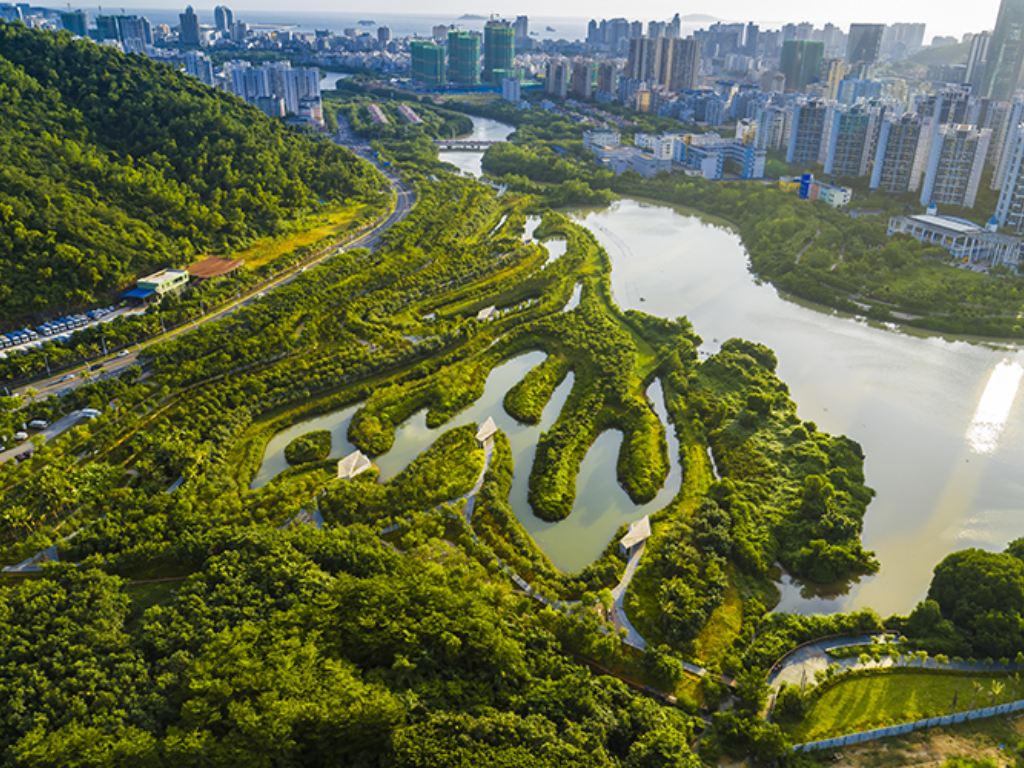
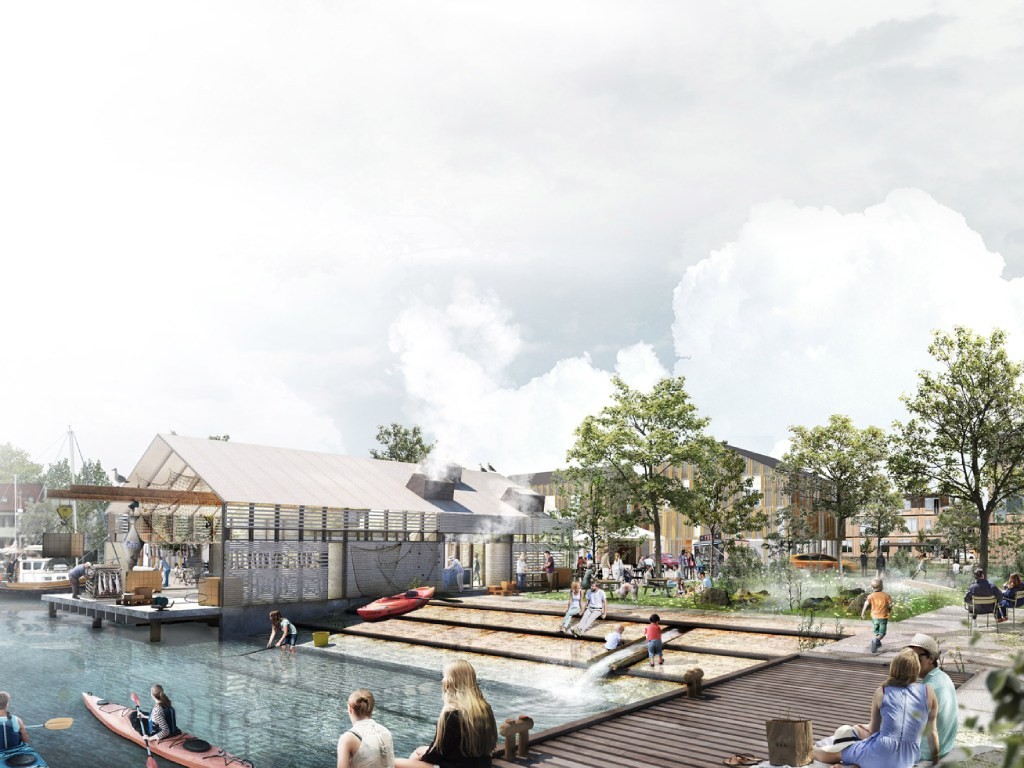

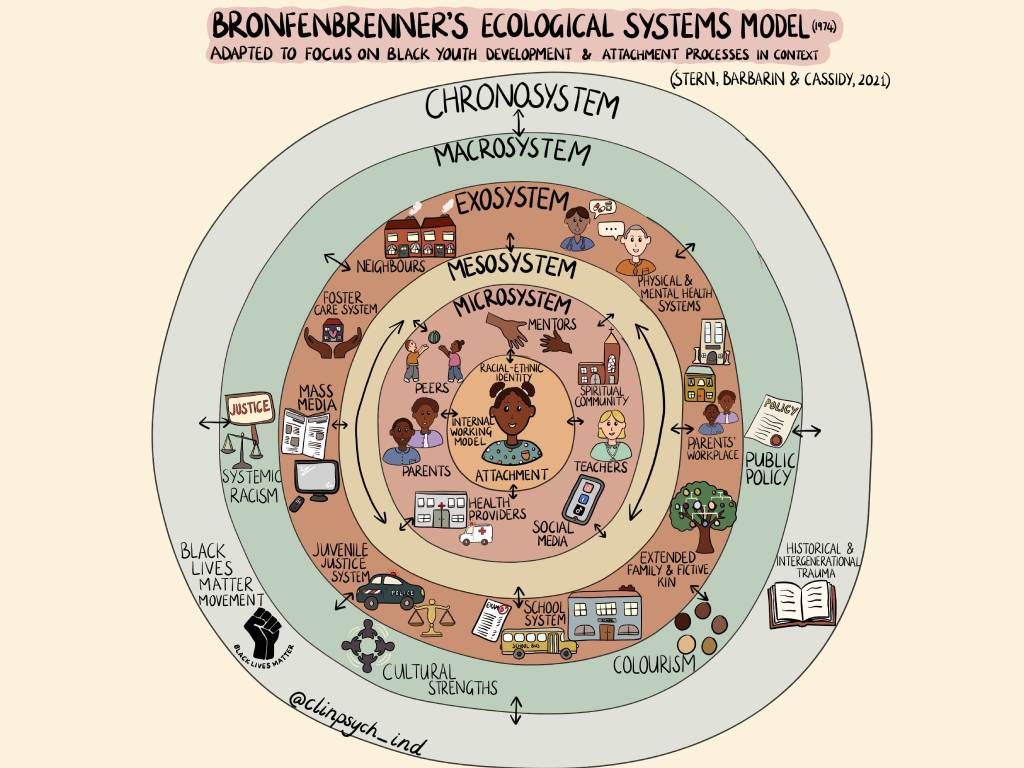


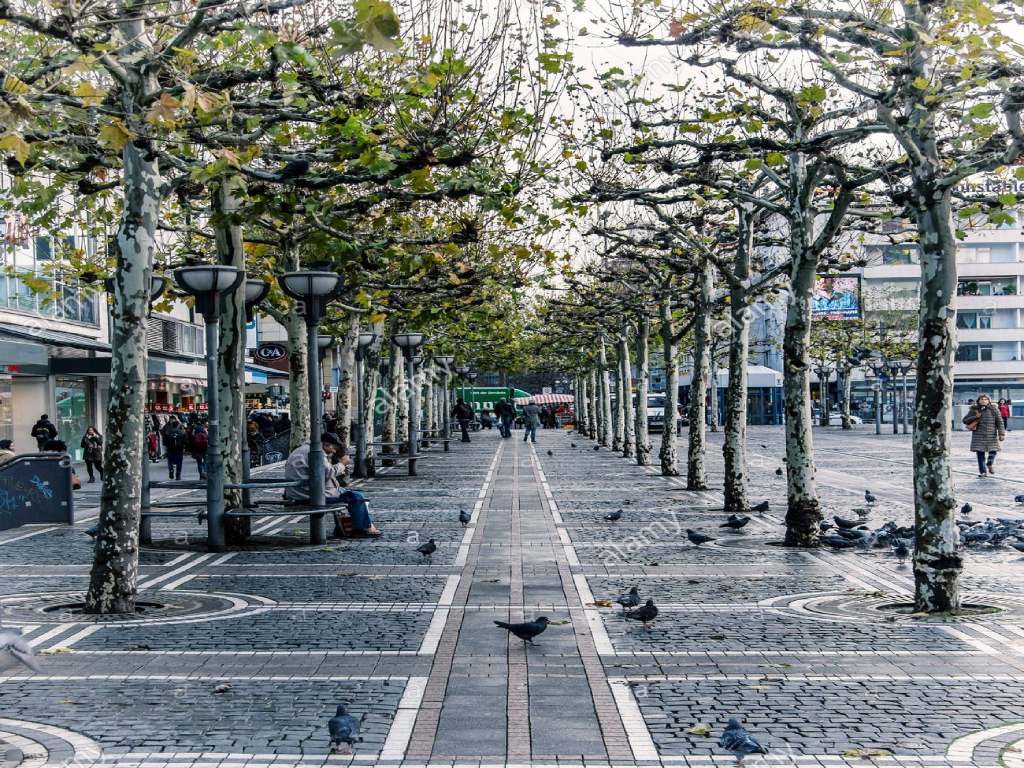
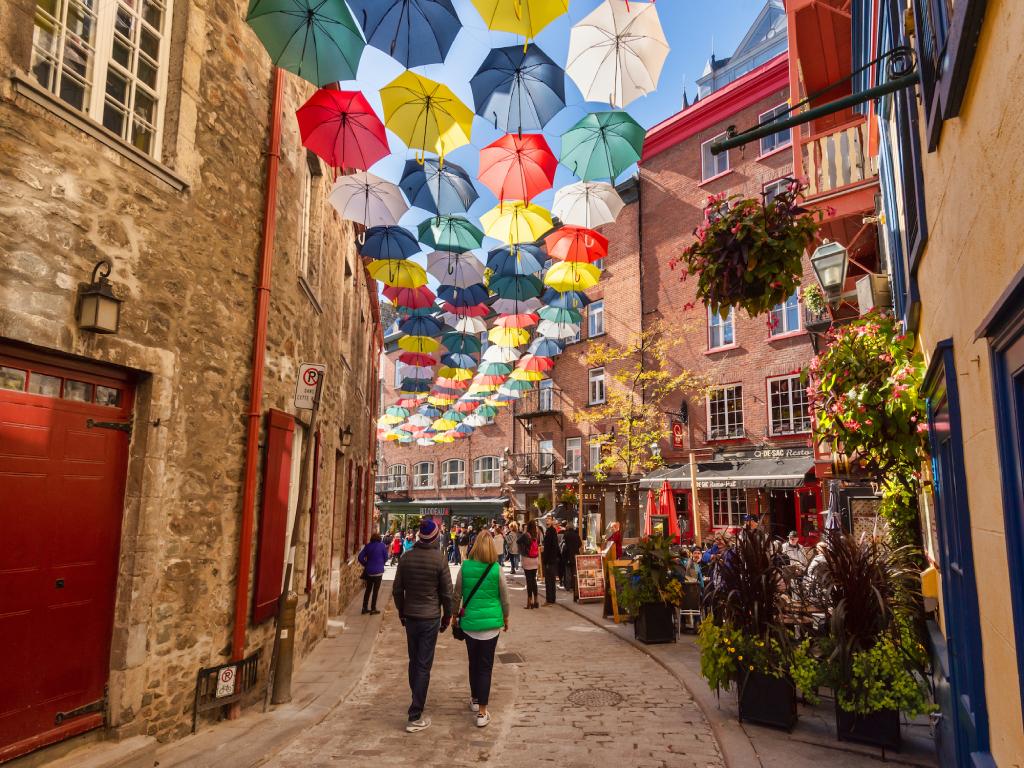

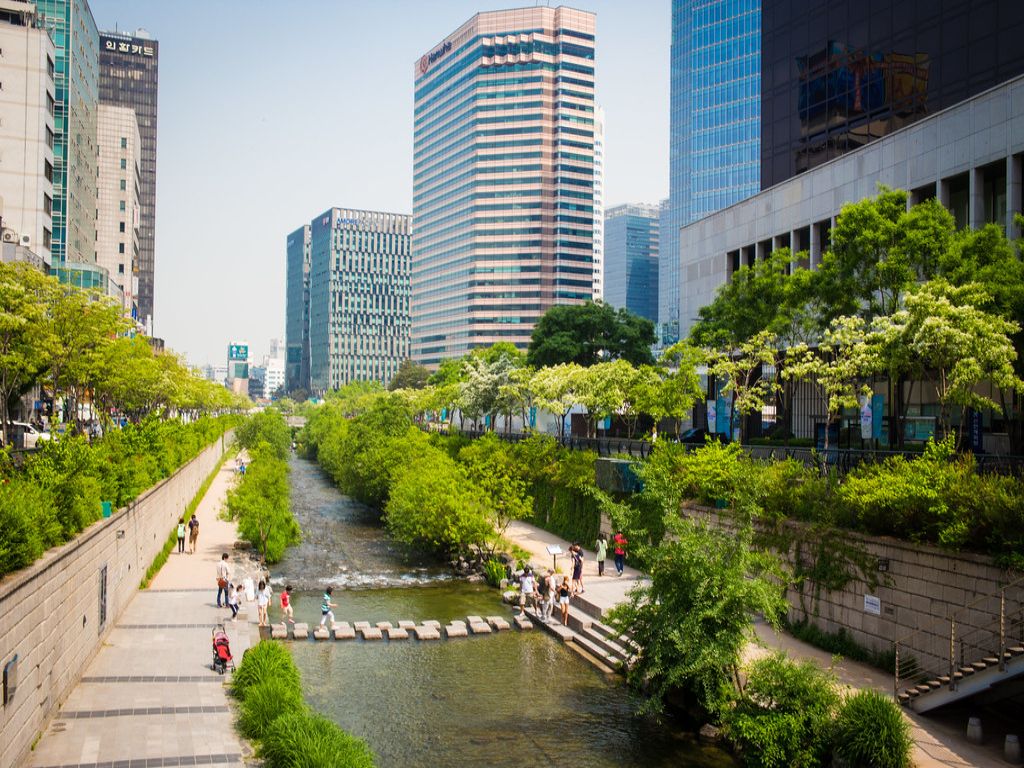


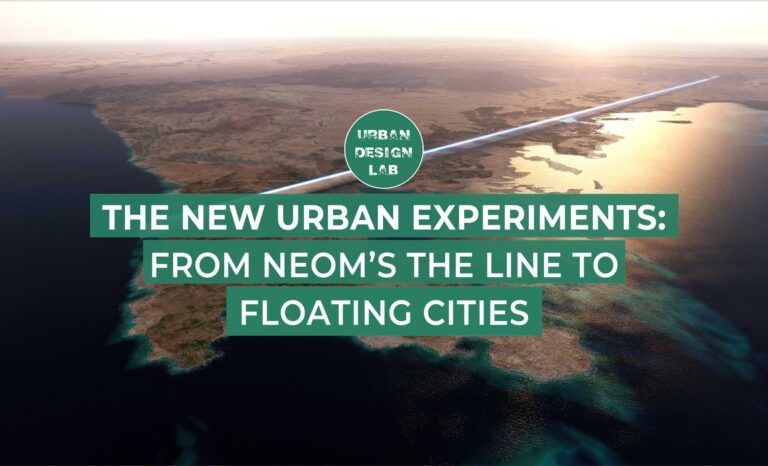
























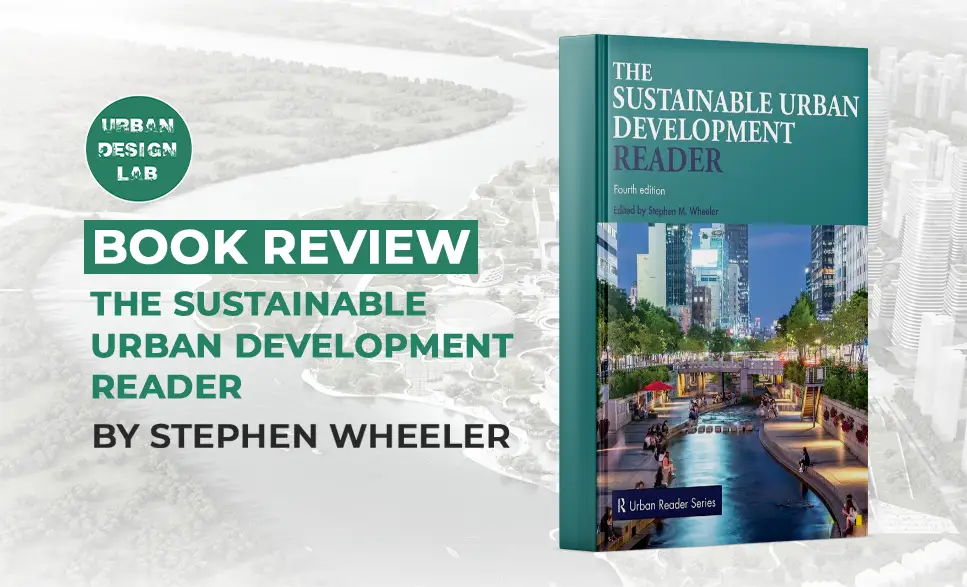
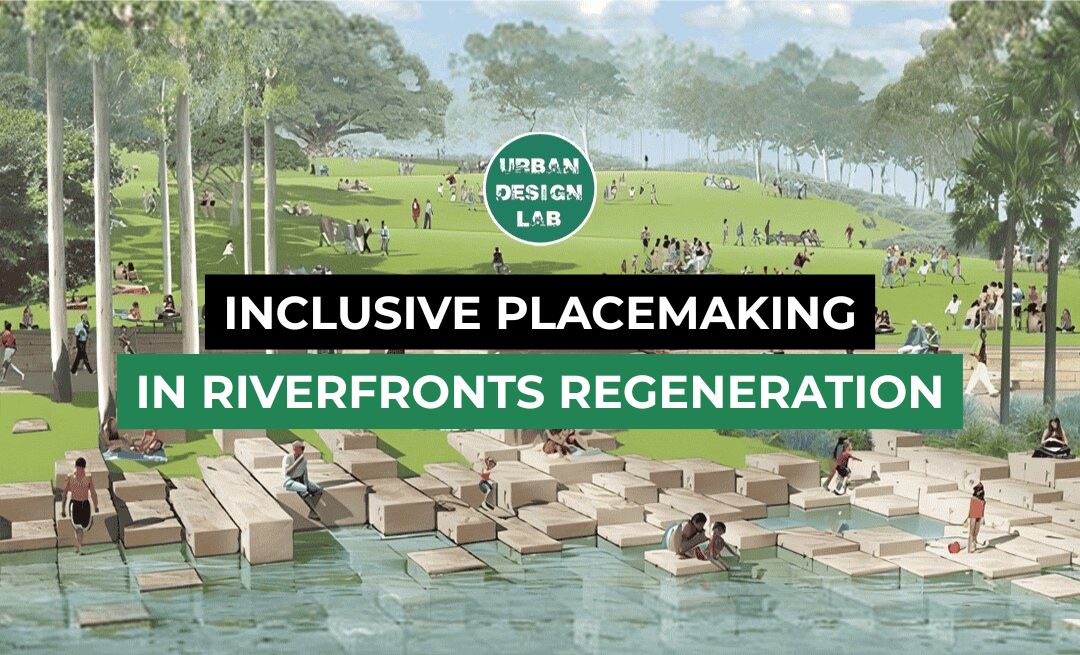
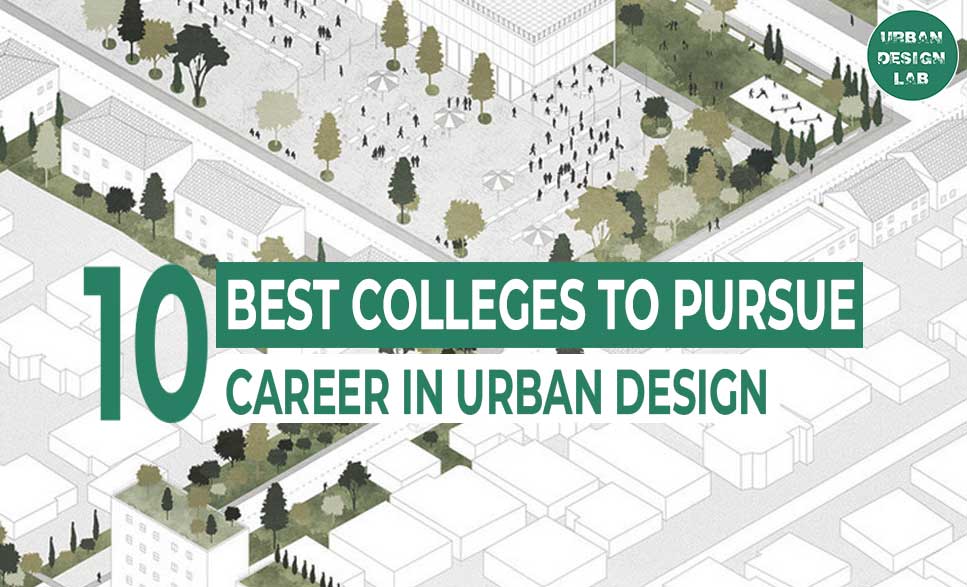
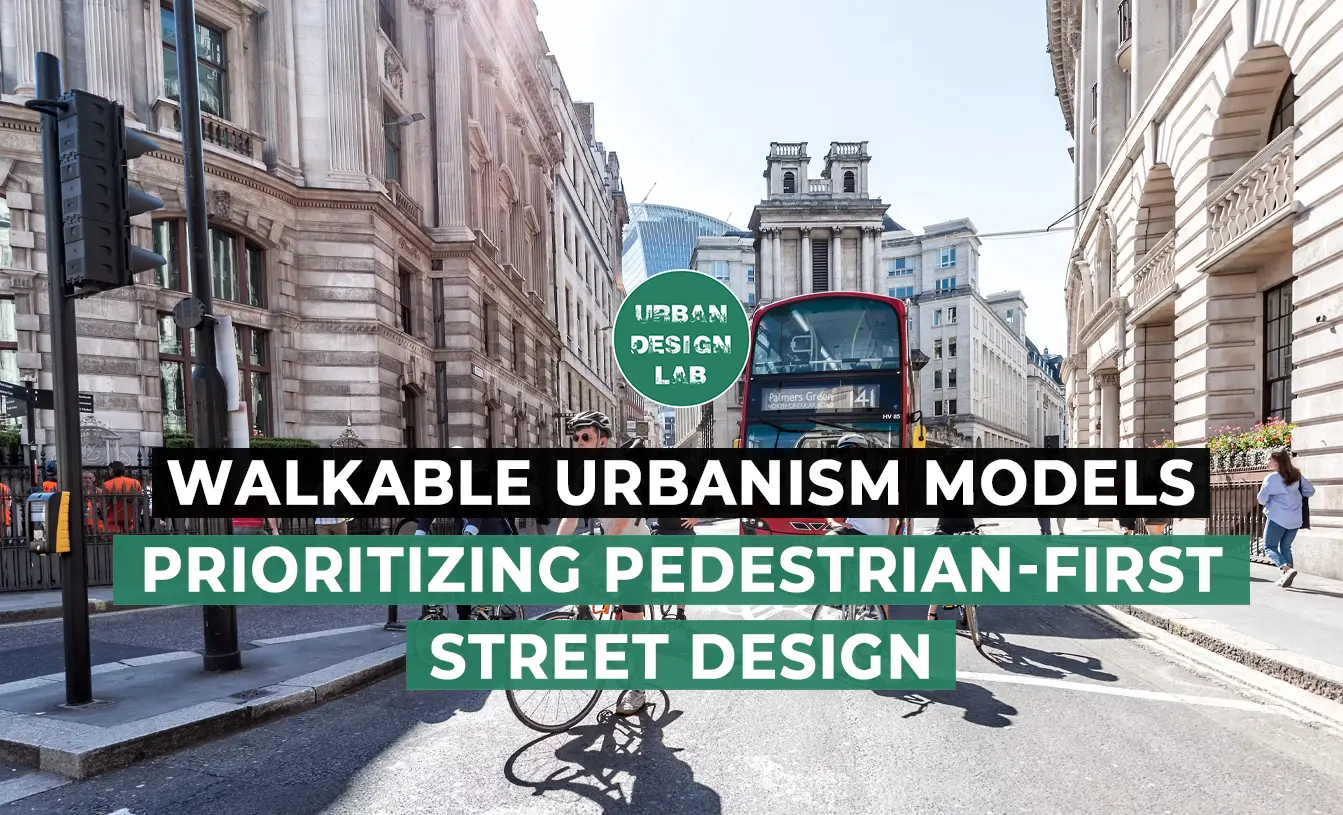
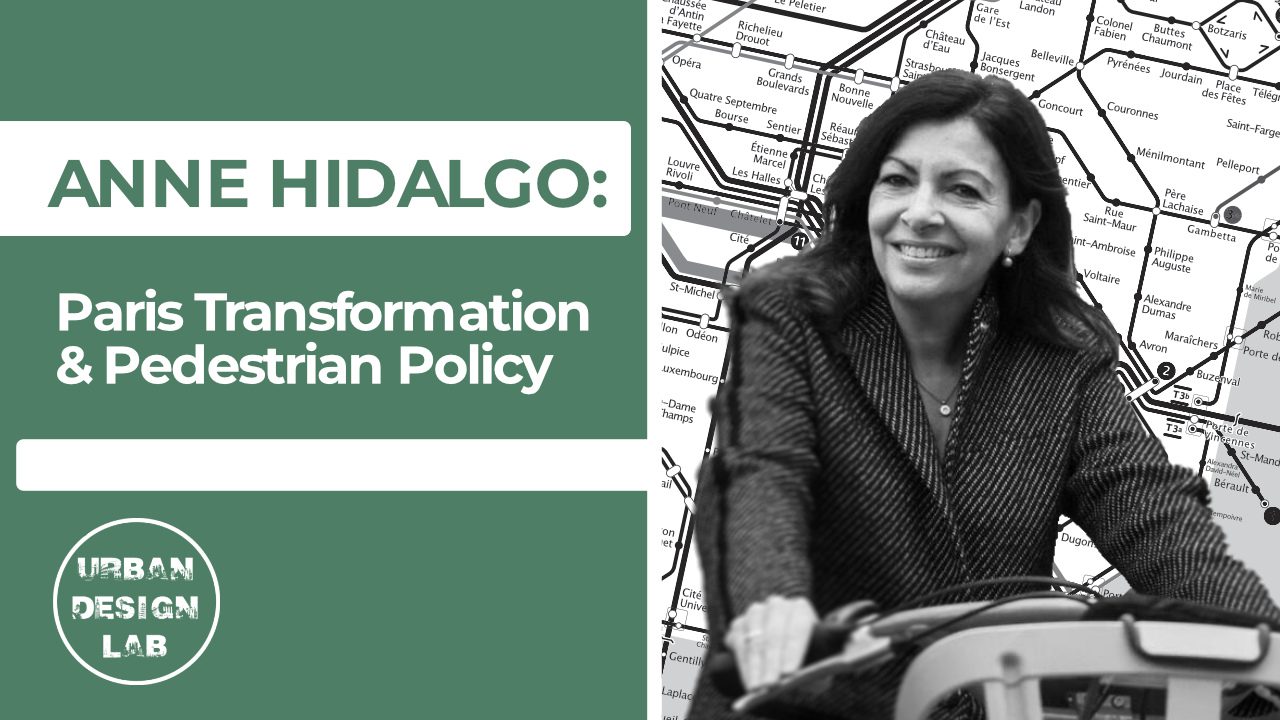
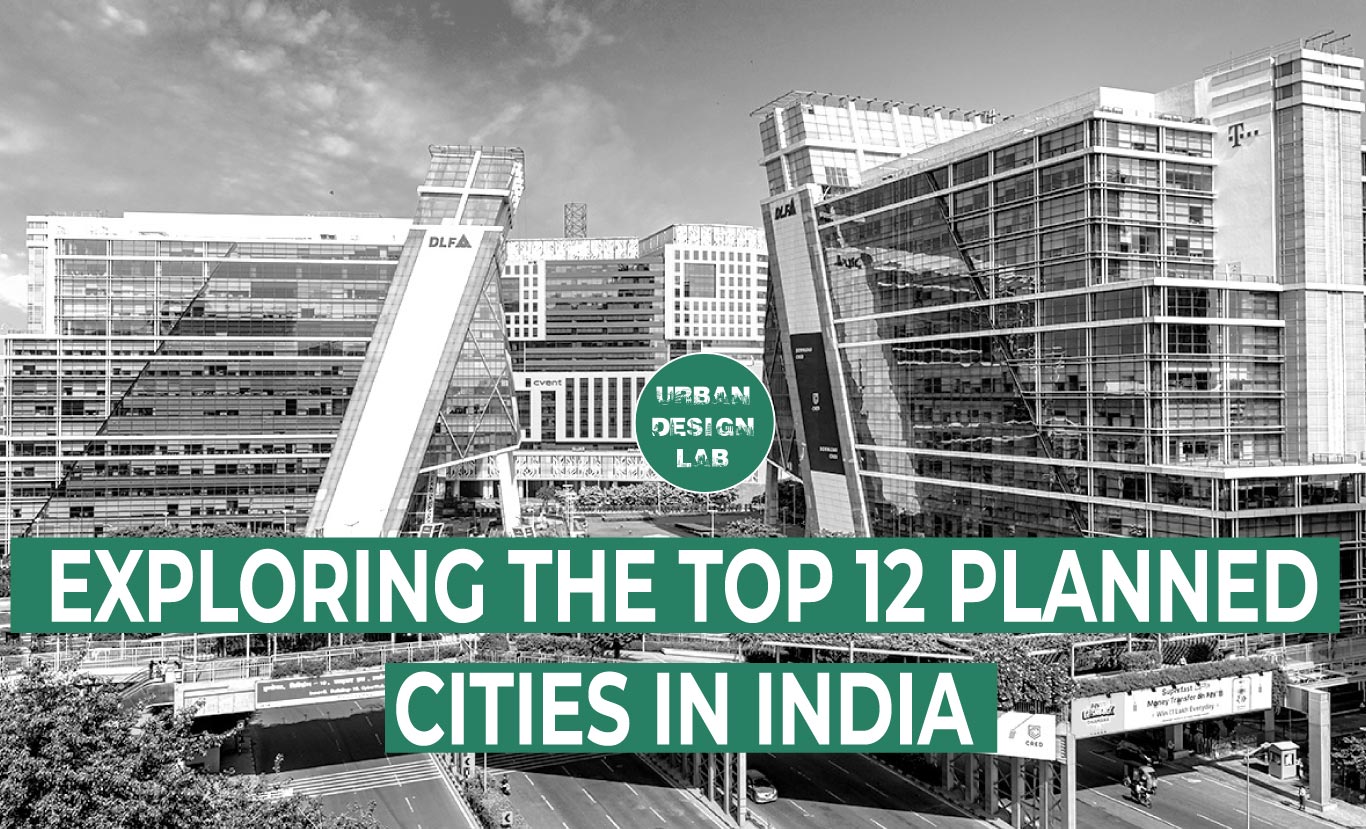
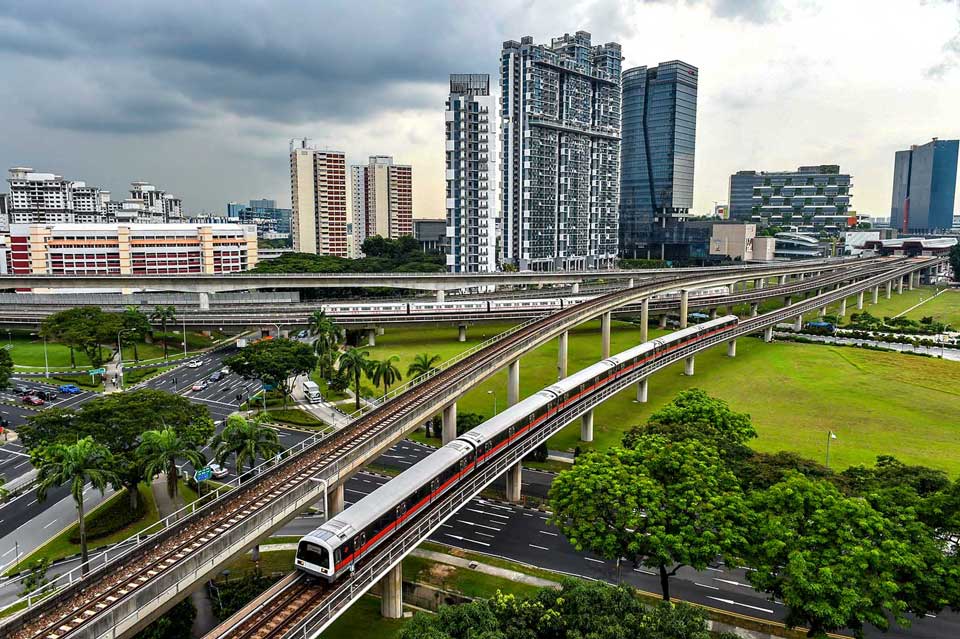
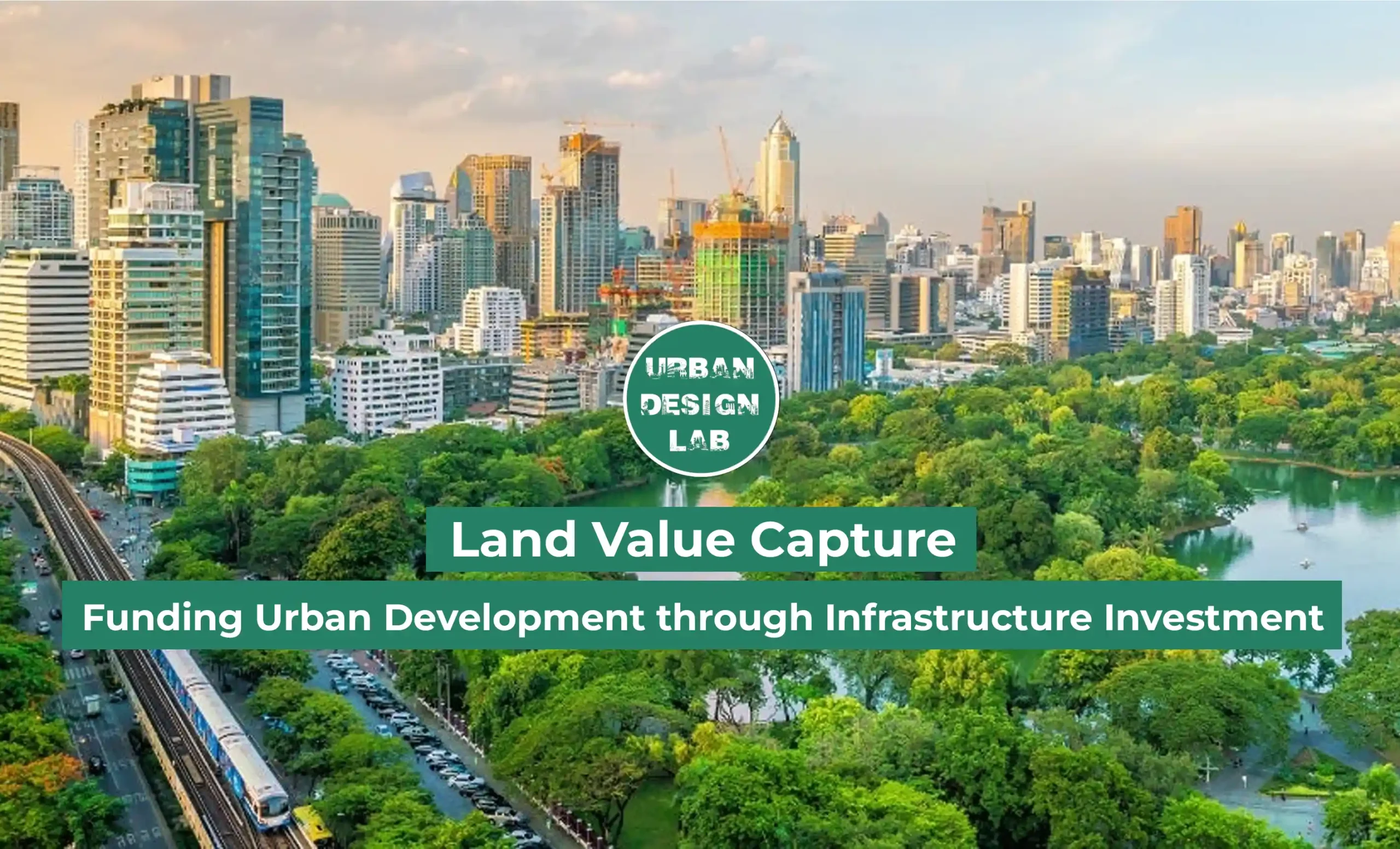

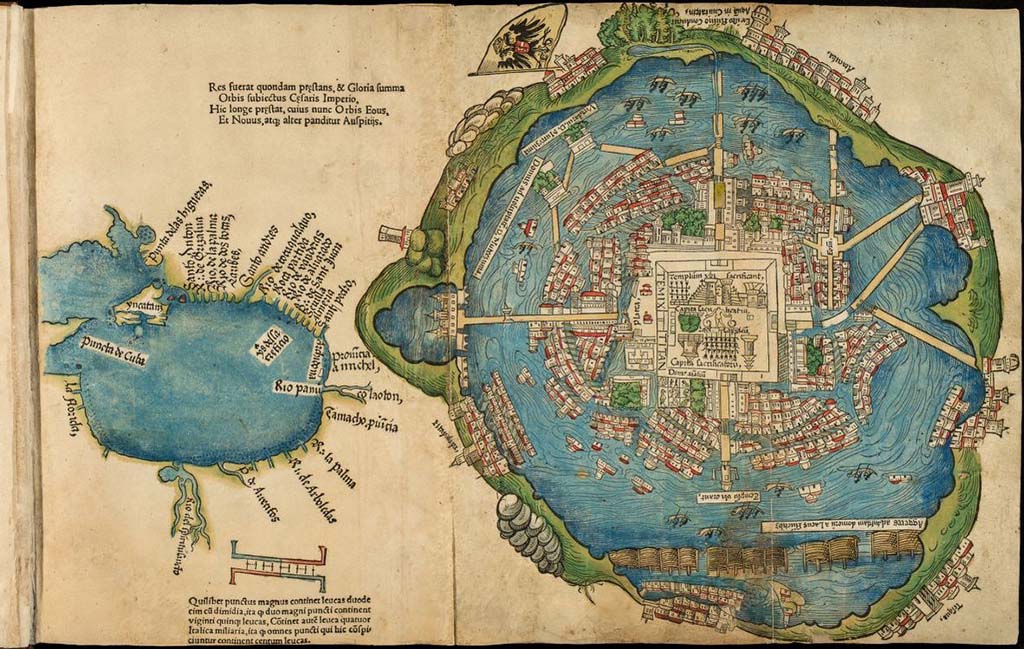
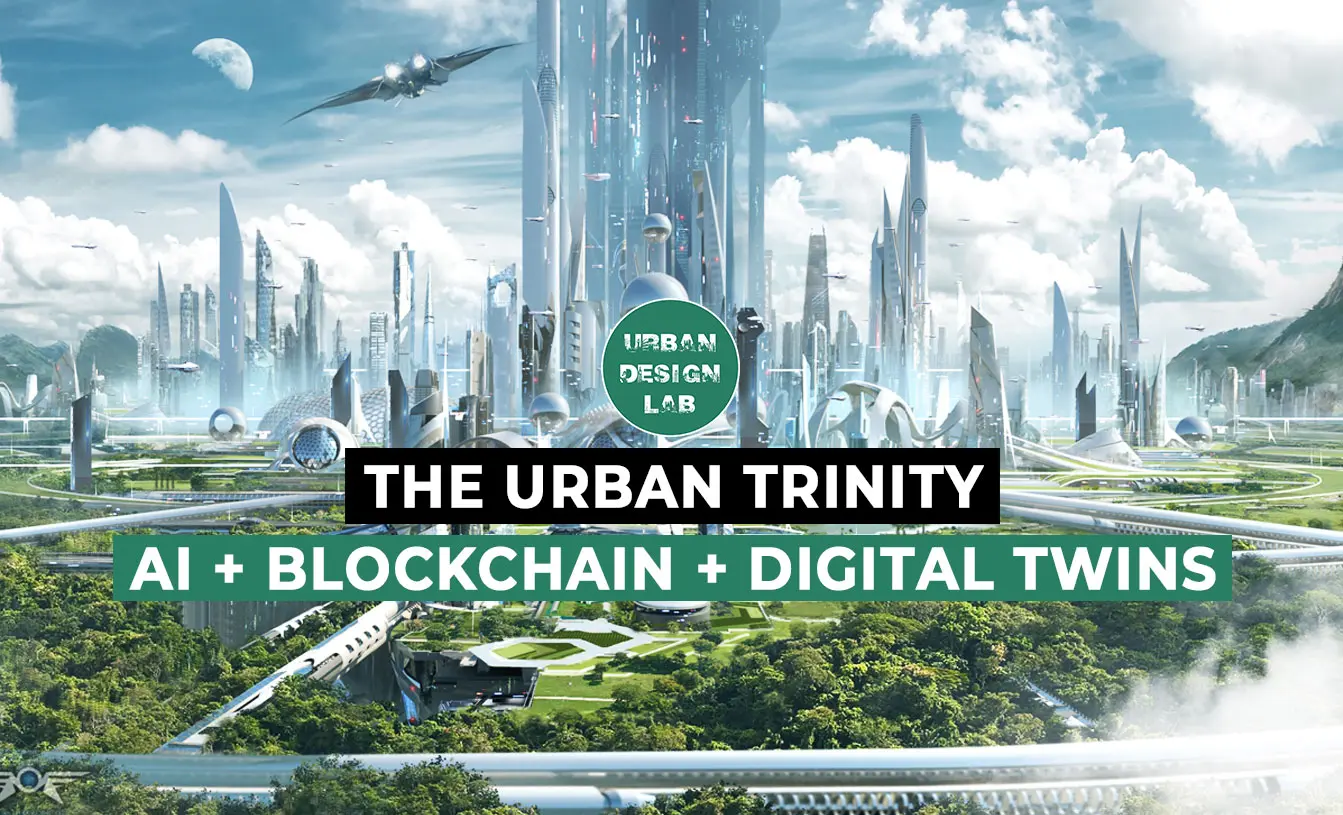

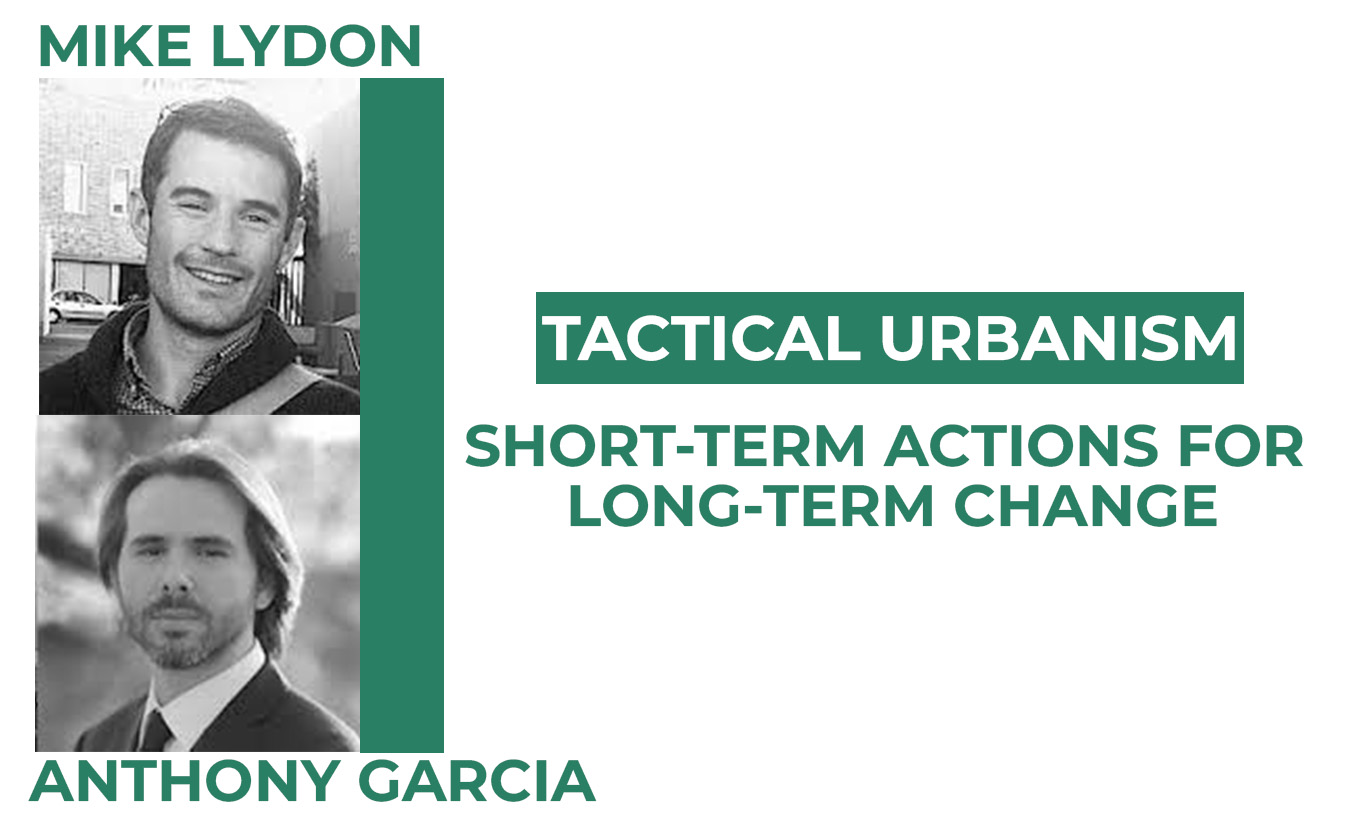


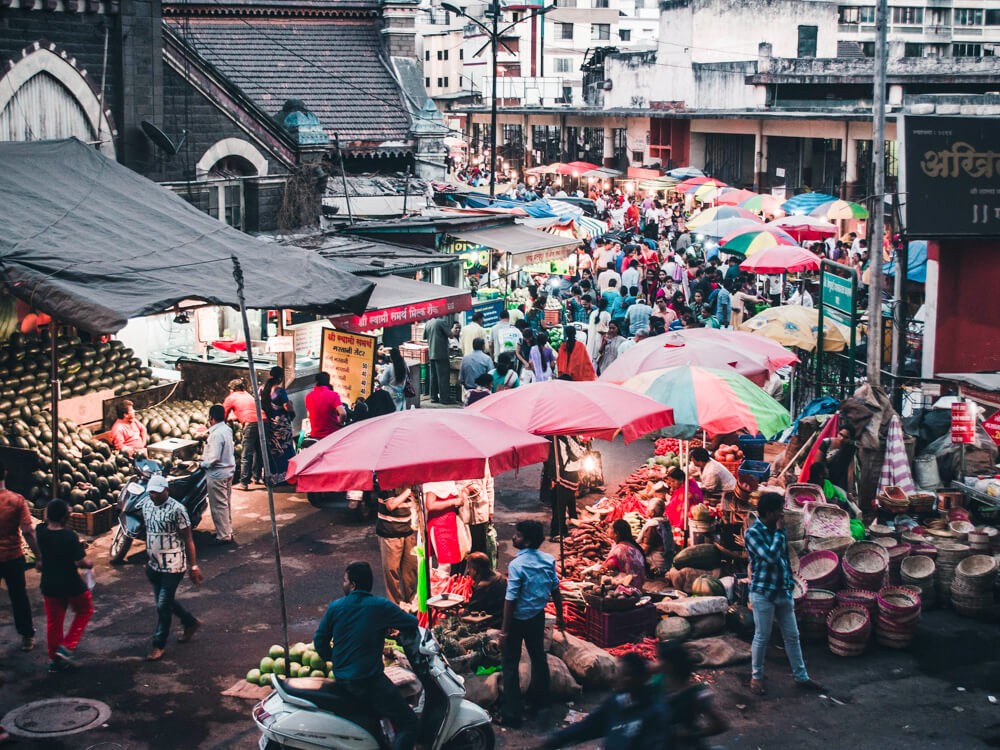


One Comment